Popular on Food52
18 Comments
digdirt
May 10, 2013
Respectfully but when pressure canning one is NOT eliminating the concerns for acidity as mentioned. The acidity of the food plus the density is what determines the length of processing time required. The lower the acidity the longer the processing time required. So failing to add the recommended acid to a recipe means its processing time would have to be extended. How much is just a guess. As you have repeatedly pointed out, this is NOT a canning recipe. It is clearly intended for fridge storage only. Yet for some unknown reason some will insist on canning it anyway despite that fact. If they do then the recommended acid would have to be added to use the NCHFP processing time for tomato sauce. That, of course would still not address the density differences between this recipe and standard tomato sauce.
ladynads
September 20, 2012
I love the idea of freezing in Ice Cube trays then storing in a zip lock bag to use when needed! I make Pesto and store in Snack sized Zip Lock Bags and keep it in my freezer!
walkie74
September 18, 2012
Hmmm, here's another idea... take the conserva and freeze it into ice cubes (each one would be roughly a tablespoon of paste). Use accordingly. Then you don't have to unfreeze the entire jar to use some of it! I admit, I plan on making this last as long as possible...
walkie74
September 18, 2012
I got my hands on a ton of tomatoes from a neighbor, and I just slid my pans of pulp into the oven. I'd recommend, if you chose to edit, adding some information about how to get the pulp in the pan without making a mess. I had to strain mine into a big plastic cup, put the pan in the oven, then slowly pour the pulp into the pan. It did work, though, and that's all that matters.
DinnerYesterday
September 14, 2012
You might want to edit your recipe steps to show when to include the salt. Unless I just missed it...
ladynads
September 10, 2012
Is there a reason you do not peel the tomatos first using the boiling water dip meathod? Also I am thinking this Conserva could be cooked down in the slow cooker? What do you think?
Peggy H.
September 10, 2012
Yes - I'm going to have to run it through the food mill anyway to get the seeds out, so why bother peeling them ahead of time? Lots more work and time spent for no gain - the food mill will remove the seeds AND the skins at the same time. I always cook it down in the slow cooker - way easier than the oven and a pan. I'm thinking of making it even easier next time by coring the tomatoes and removing blemishes (personal preference) and then whizzing them for a while in the Vitamix to see if I can even dispense with the need to cook down on the stove, let cool, and run through the food mill. I'd love to be able to whiz in the blender and drop it straight into the crock pot. Faster and no food mill mess to clean up!
Phyllis H.
September 11, 2012
I use my blender often to seperate skins and seeds from tomatoes without blanching. Then run through colendar to extract the juice & pulp. Do you add the oil to the puree at any point or just put it on top?
Kayevee
September 10, 2012
This recipe was timely for me, as right now I have an abundance of tomatoes. It turned out beautifully and tastes delicious! I, too, have used a crockpot for making apple butter, etc. (I tent the crockpot with a piece of foil,tearing a center opening for a vent), but found the roasted flavor of your recipe added a lovely dimension. Thanks!
Peggy H.
September 7, 2012
I do this all the time to make tomato butter (I add either some fruit like peaches or nectarines while cooking down the tomatoes to sweeten it or a bit of brown sugar, plus spices like cinnamon, allspice, cloves, etc.) but it's a whole lot easier to cook it down in a crock pot set on low with the lid left ajar!! Then you aren't heating the whole oven,or the kitchen you aren't limited by the size of your pans, the oven is available for other things at the same time, and you just stir it around periodically til it is thick enough to stay on the spoon when the spoon is turned sideways. Try it, you'll like it! ::-)
Scribbles
September 7, 2012
Marisa, thanks for this recipe! Your blog is what got me started canning this year and now I am hooked and I thank you very much. We will have a great Autumn and Winter with the fruits of my fun time in the kitchen including canned tomatoes, 'sundried' tomatoes, marinara sauce; frozen okra, squash and corn. I can't wait to try this conserva.
Phyllis H.
September 7, 2012
Can this product be canned by either hot water bath or pressure canner?
Marisa M.
September 7, 2012
You could probably pressure can it, though I'm not certain how much time it would need. It doesn't have enough acid to be safe for boiling water bath canning.
Phyllis H.
September 7, 2012
thank you, I don't imagine you'd put the olive oil on it if you pressure canned it, would you? I do a tremendous amount of canning all kinds of things and have for years. It's neat to be able to come up with something different.
Marisa M.
September 7, 2012
If you planned on pressure canning the conserva, it would be a different storage procedure all together from the one detailed here. You would pack the conserva into small jars, leave 3/4 inch headspace, skip the oil and follow the instructions given on the National Center for Home Food Preservation's website on pressure canning tomato sauce. You'd use the time for pint jars, even if the actual jars are smaller. http://nchfp.uga.edu/how/can_03/tomato_sauce.html
Hippo F.
September 9, 2012
Actually this recipe is not a pressure canning recipe either. The oil is an issue, as is the density and the instructions for pressure canning still require added acid.
Marisa M.
May 8, 2013
I'm months late following up here, but I just wanted to clarify one point. When you pressure can something, you remove the issue of acid entirely. Instead of inhibiting botulism growth with the presence of acid, you are killing the botulism spores entirely. You are right that there might issues around density here, though. Additionally, oil doesn't make things unsafe for pressure canning. Oil-packed fish is often pressure canned.
Hippo F.
May 8, 2013
Marisa,
While it is true that pressure canning enables you to can items that are low in acid the guidelines for canning tomato products in a pressure canner still call for added acid. http://nchfp.uga.edu/how/can_03/tomato_intro.html
While it is true that pressure canning enables you to can items that are low in acid the guidelines for canning tomato products in a pressure canner still call for added acid. http://nchfp.uga.edu/how/can_03/tomato_intro.html
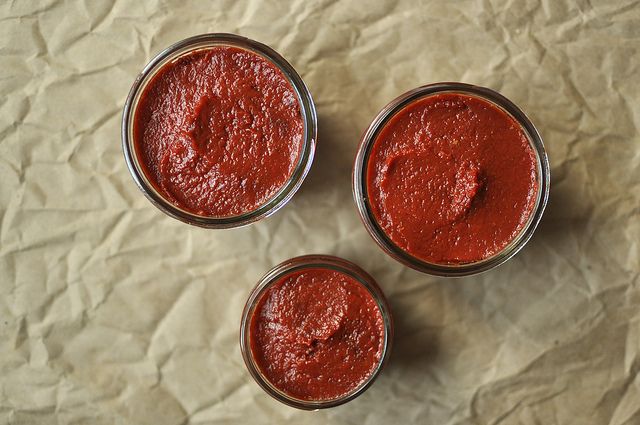
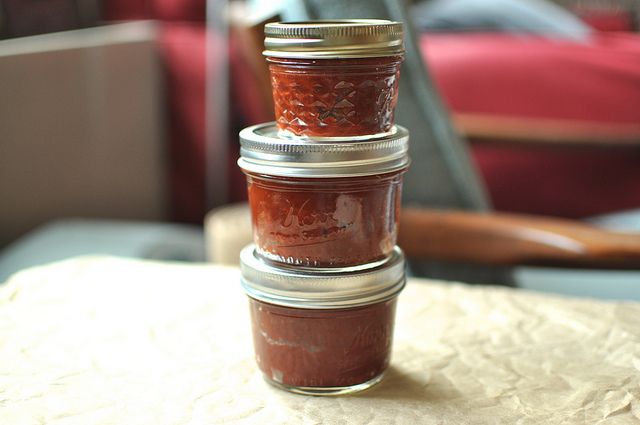
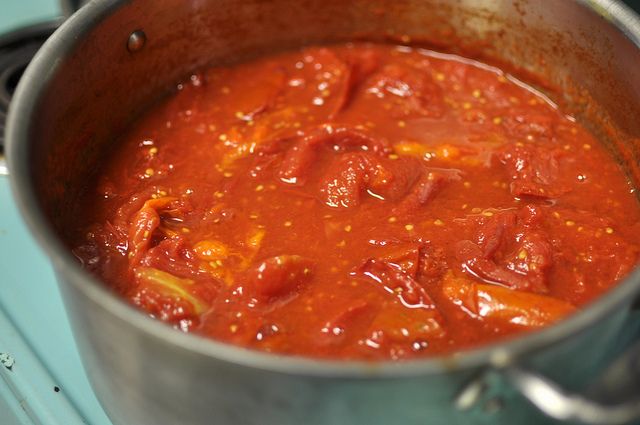
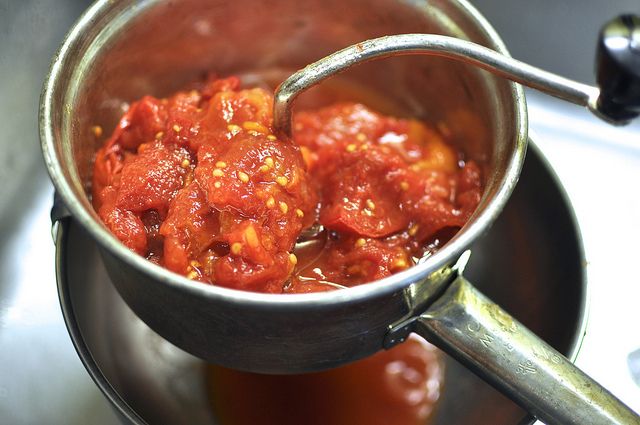
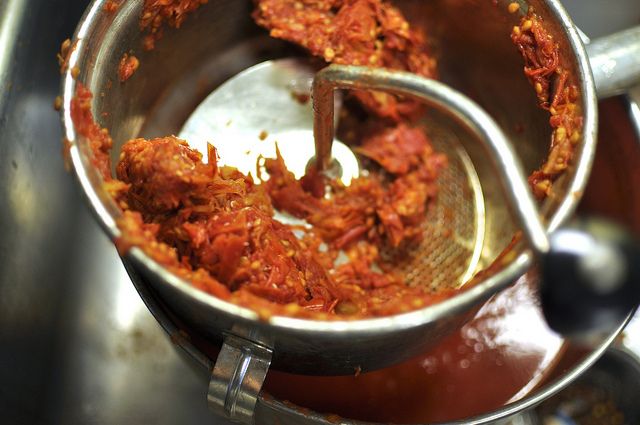

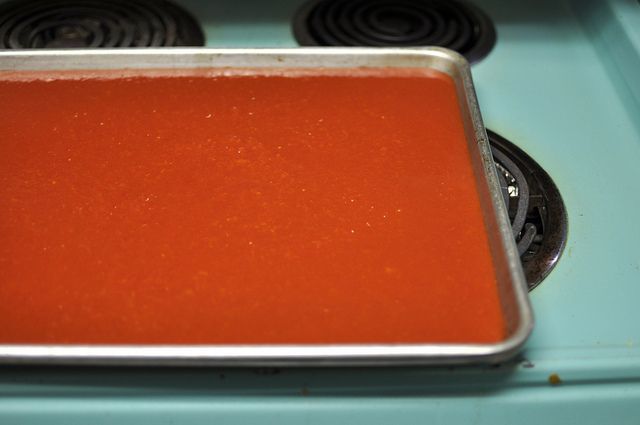
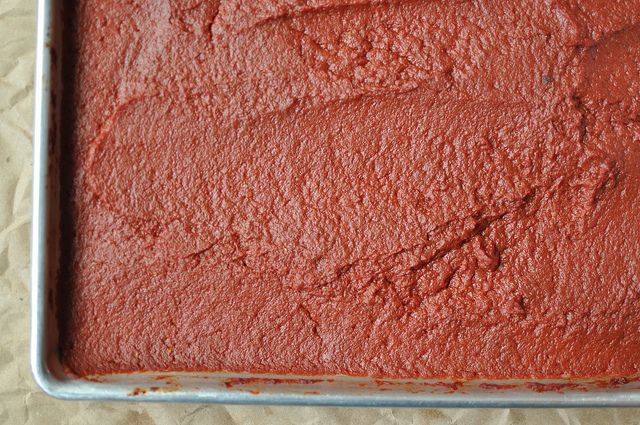

See what other Food52 readers are saying.